Sparkling Wine Outside of Champagne
Dec 21, 2011, Updated Jan 16, 2024
This post may contain affiliate links. Read more at our disclosure policy.
The second in a series on the difference between Champagne and other Sparkling Wines of the world. Make sure to start with a primer on what is Champagne, then head back to find out more about sparkling wines of the world, styles of sparkling wine, and where they are produced throughout the world.
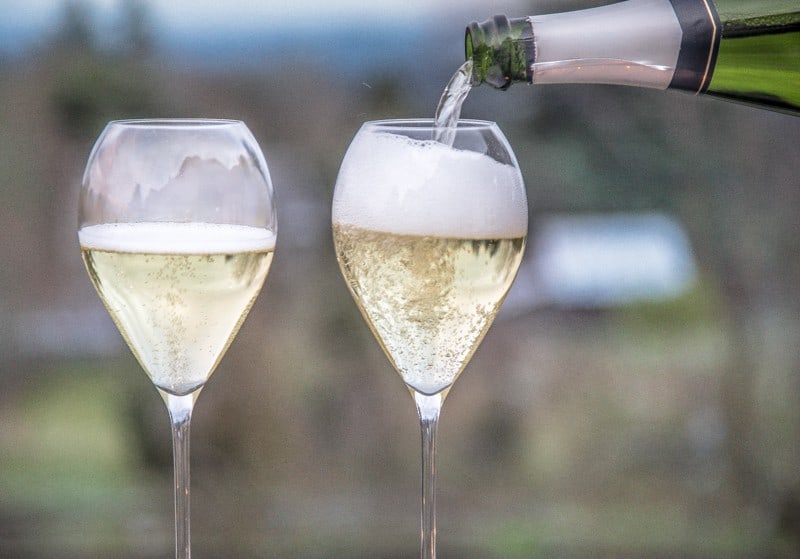
Are you ready to pop some bubbly?!
Table of Contents
Champagne vs. Sparkling Wine
In part I of our Champagne Series we defined what exactly Champagne is and how it is produced. In this post I hope to explain the different styles of Champagne and sparkling wine, and introduce you to sparkling wine made in other countries. I might even throw in some additional tips on bubbly!
So now that you know that Champagne is only true Champagne if it comes from the Champagne region of France, it is also helpful to understand the various styles you will encounter. As with the majority of wines produced in France, you will rarely see the names of the grapes used in the wine. Even though only three primary grapes are permitted in most Champagne, it is also helpful to know the following styles so you can better identify what you like best:
Styles of Champagne and Sparkling Wine
- Blanc de Blanc: literally means “white from white”, white wine made from white (Chardonnay) grapes, and usually lighter in style than the following types.
- Blanc de Noirs: translates to “white from black”, meaning white wine made from black grapes (Pinot Noir and/or Pinot Meunier)
- Rosé: most often made by blending red wine and white wine together prior to bottling.
- NV (Non Vintage): meaning that the wines are a blend of different vintages of wines. Champagne producers blend multiple vintages together in order to achieve a consistent “house style”. This creates consistency, so that you, the consumer, can expect similar tasting product year after year.
- Vintage Champagne: produced only in the most exceptional years, and 100% of the grapes used must come from the vintage stated on the bottle. Less than 10% of Champagne produced each year is vintage Champagne.
Sweetness Levels of Sparkling Wine
Most typically, a small dose of sugar (dosage) is added to the wine prior to determining what style of wine (level of sweetness) it will be. Understanding these terms will come in handy if you are particular about a wines level of sweetness (like I am!):
- Brut Naturelle/Non Dosage: bone dry, usually no sugar is added
- Extra Brut: very dry, less than 1%
- Brut: very dry to fairly dry (this is also the most common style you’ll see)
- Extra Sec or Extra Dry: dry to medium dry (around 3% sugar)
- Sec: medium dry, or some call it medium sweet, whatever you call it its right there in the middle of the scale
- Demi-Sec: we’re getting sweet here people
- Doux: Boo yah…..think dessert, because that’s the level of sweetness we’re talking about here. Pucker up and hand me a cookie sweet.
Sparkling Wine Outside of Champagne
Crémant
This is the term used to label sparkling wines made in the traditional method (méthode champenoise) that are made within France, but outside of Champagne. Some of my favorite Champagne alternatives come from this designation at a much better price then their peers in Champagne. You will typically see the term Crémant followed by the region the bubbles were made – Crémant d’Alsace (méthode champenoise wine made in the Alsace region); Crémant de Bourgogne (made within Burgundy), Crémant de Loire, and so on.
Cava
Sparkling wines originating primarily in Northeast Spain. Though many grapes grow here, you will typically find the following grapes used in Cava – Macabeo, Xarel-lo, Parellada and increasingly Chardonnay. Most commonly produced in the traditional méthode champenoise style (it will usually say so on the label), and also comes in a variety of levels of dry to sweet, Cava can be incredible values and you can find decent examples of Cava starting at around $8.
Prosecco
Produced in the Veneto region in Northeast Italy, Prosecco is the name of the grape and the wine made from it. Though they can be still wines, most Prosecco is sparkling or “frizzante” or “spumante” and are not made in the same method as Champagne or Cava. Most Prosecco is produced through the Charmant method – where secondary fermentation occurs in pressurized tanks rather than in the individual bottles. This is less expensive, less time consuming, less labor intensive and produces (arguably) less interesting wines, but still tasty nonetheless! Another region where you will find some good values for bubbles. Click here for more on Prosecco
Would you like to save this?
Other Sparkling Wine Regions
Sparkling wines are produced all over the world. Though the most famous derive from France, Spain, Italy, and the United States, there are good examples to be found in Germany, Australia, and even South Africa. In California, the best examples are made in the traditional method, using the traditional Champagne grapes (Chardonnay, Pinot Noir, and Pinot Meunier), and from the cooler climate regions (like the Carneros region shared by both Sonoma and Napa). My home state of Oregon also has some fantastic sparkling wine producers (look for Soter Brut Rosé, and also the bubbles by Argyle to name a couple). This makes sense considering the region already produces delicious Pinot Noir and Chardonnay. Believe it or not, another domestic favorite comes from New Mexico – Gruet, who makes some awesome sparklers for around $12-$15 (depending on where in the country you are).
Opening Sparkling Wine Safely
Safety is the name of the game!
Opening bubbles is different than regular still wine. No cork screw necessary, but extra precaution is. And regardless of what you may have seen on TV, you should not attempt to create a loud POP with wine oozing over the bottle onto the ground (spilled bubbles is a sad thing). So while it may seem fun to hear loud noises and watch projectile foam spill all over, the point is to be safe and calm, and put those bubbles where they belong – in your belly!
Key word – Safety. I don’t want anybody losing an eye here!
First of all make sure your bottle is cold. Remove the foil capsule, then grab yourself a small towel and use it to cover the top of the bottle. Use your thumb to put pressure on the cork, towards the bottle. Point the bottle at around a 45-degree angle and AWAY from people (I don’t want you shooting any eye’s out, including yours). Use your other hand to twist the wire cage capsule. Twist it approx 6 times to loosen the wire cage, but do not remove it (taking your thumb off the bottle even for a second could allow the cork to pop out, so to be on the safe side, don’t remove the wire). Keeping the pressure against the cork, then twist the bottle, not the cork, in a back and forth motion, until you hear a slight fizz or sigh (as opposed to a loud POP which results in wine overboard – not a good thing).
Serving Champagne and Sparkling Wine
The importance of stemware and Champagne is to preserve those beautiful bubbles! All that hard work went into creating them, the last thing you want is to witness the bubbles dissipating instantly. And dissipate is what will happen with the wrong glass. Look for a standard tulip shape glass. These not only allow for you to admire those pretty little bubbles, but also for you to experience the beautiful aromas of the wine. You don’t need to spend a lot of money, but you do want this (or a similar) style.
There’s a lot of people who prefer to drink sparkling from a typical red wine glass, so that you can smell all the beautiful aromas. Personally, I prefer the flute (ideally a tulip shape, like below). A lot of time goes into making the bubbles, and I hate to see them go flat so quickly.
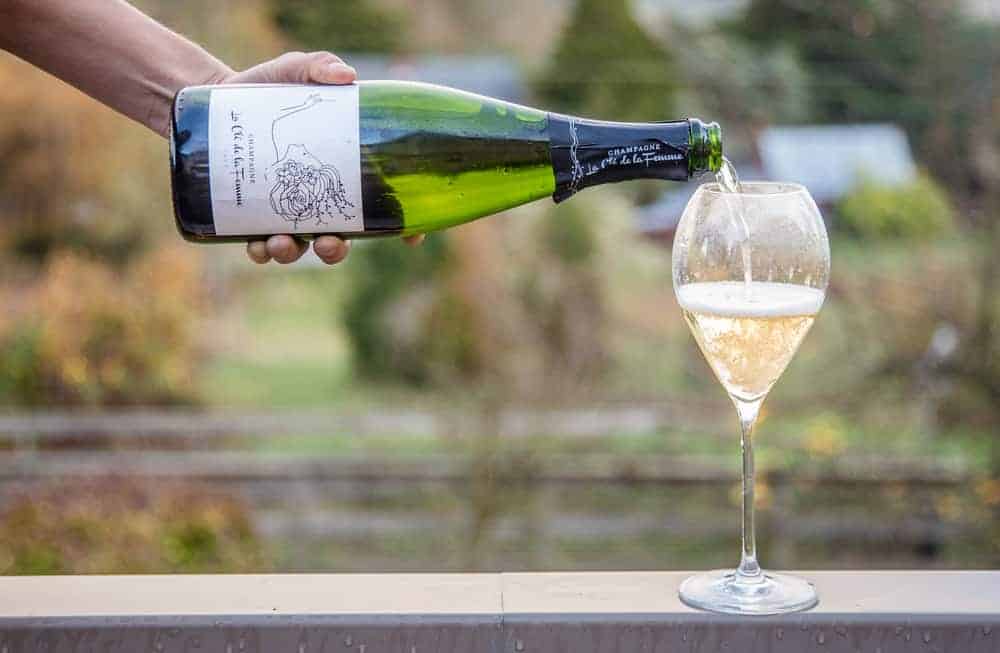
Serve COLD. Ideally your bubbles should be between 40-45 degrees. Too cold and the flavors will be muted. It is best to either put your wine in the fridge a couple hours before you intend to drink it, or place in an ice bucket with ice AND water for about 30 minutes and that should do the trick.
This should be enough to get you through your holiday parties!
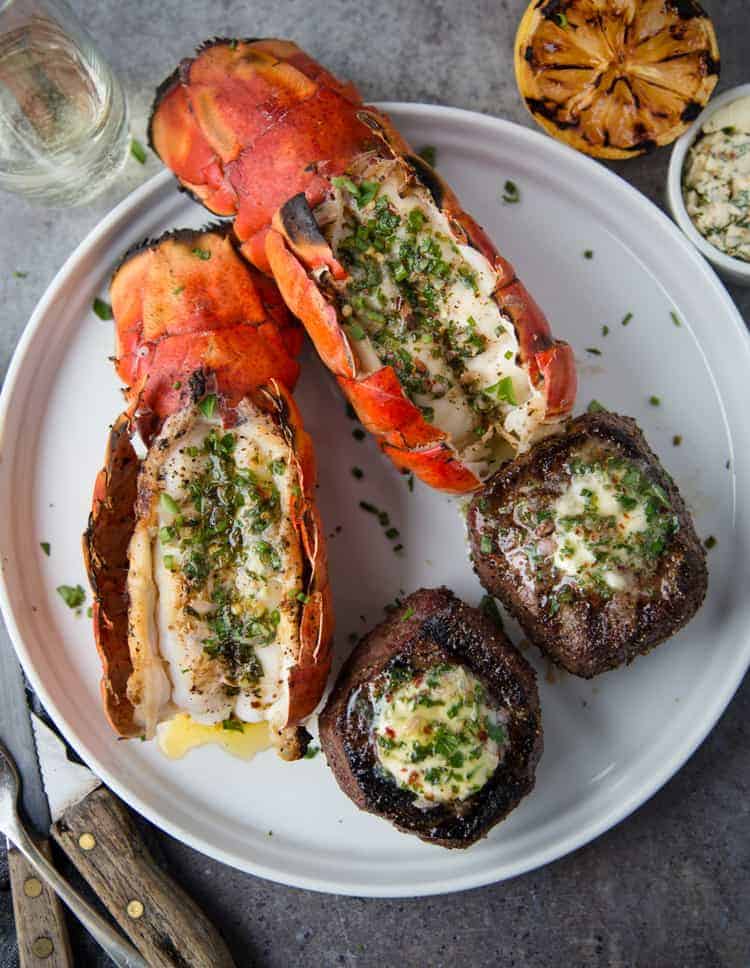
Recipes to pair with Sparkling Wine
- Grilled Oysters
- Grilled Pork Chops with Wine Brown Butter Sauce
- Smoked Salmon with Orange Maple Glaze
- Baked Brie with Wine and Thyme (on the grill)
- Smoked Sausage and Mushroom Risotto
- Grilled Surf and Turf
- Find more recipe pairings for sparkling wine in our cookbook, Fire + Wine
Further Resources on Champagne and Sparkling Wine
- Champagne vs. Prosecco. What’s the Difference?
- A Sparkling Wine Movement in the Pacific Northwest
- Sparkling Wines of Italy
- Sparkling Wines to Buy
About Vindulge
Mary (a certified sommelier and recipe developer) and Sean (backyard pitmaster) are co-authors of the critically acclaimed cookbook, Fire + Wine, and have been creating content for the IACP nominated website Vindulge since 2009. They live in Oregon on a farm just outside Portland.

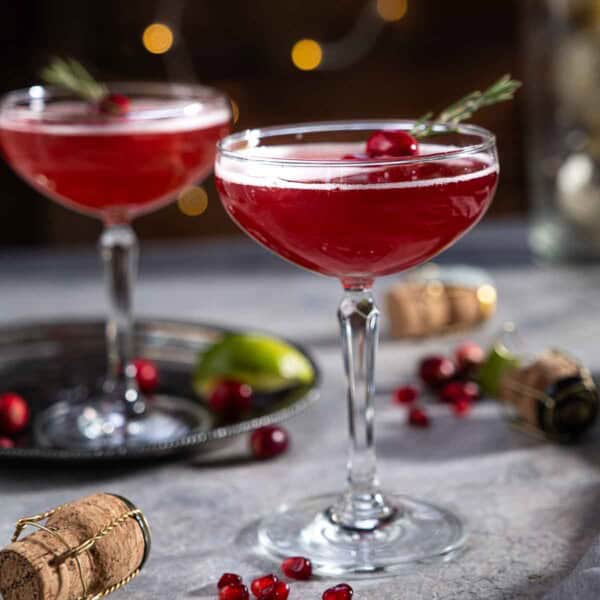
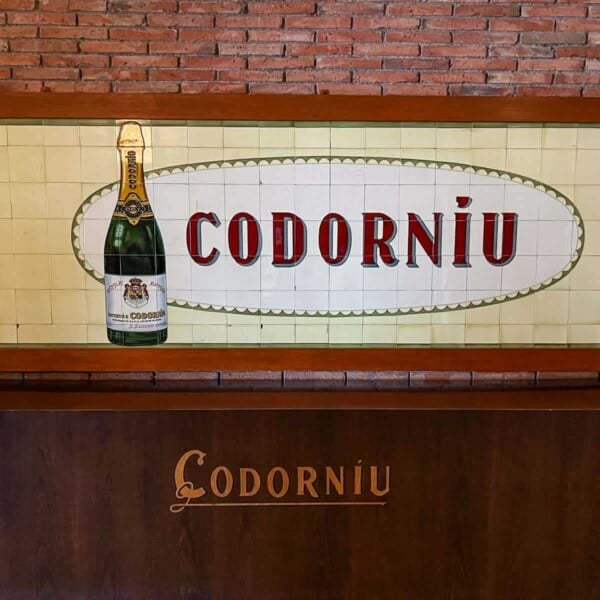
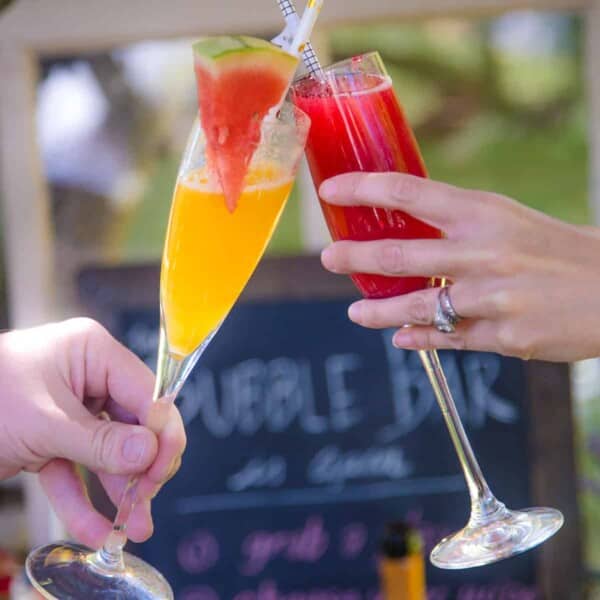
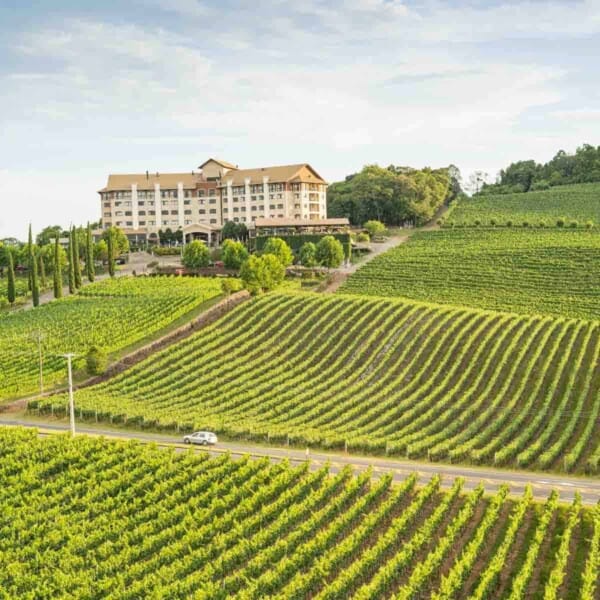















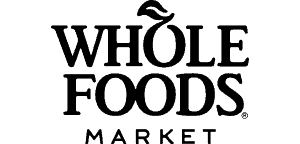

I’m so happy to have ran across your site – first of all, I love wine but I’ve always wanted to find a place where I can learn more. Love the bubbles!
Hi Tasha,
Thanks for your comment and I’m so glad you found and enjoy the blog!
Cheers and Happy Holidays, Mary